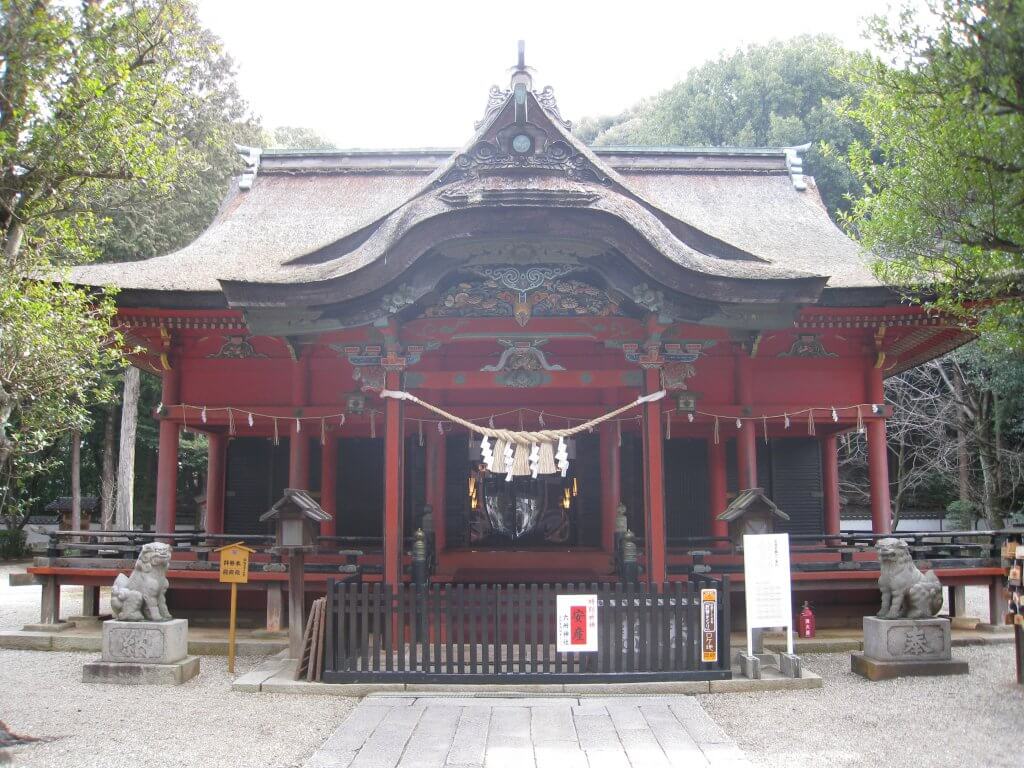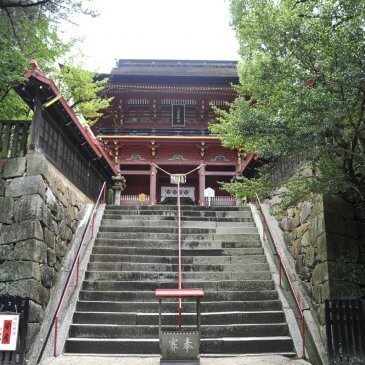During the period of Emperor Kougyoku (655-661), it is said the emperor commanded for this shrine to be built and to enshrine a god. Later, during the period of Emperor Kanmu (781-806), a shogun by the name of Sakanoue no Tamuramaro headed to the east in an attempt to conquer the east army. This man prayed for victory at the grounds of the shrine and showed his support for the shrine by rebuilding it, with permission from the emperor.,/p>
Since the Matsudaira family had control over the Mikuni province (currently the east side of the Aichi prefecture), this shrine was considered a very important shrine by generations of the Matsudaira family. In 1542, when Takechiyo (Tokugawa Ieyasu) was born at the Okazaki Castle, he worshipped at this shrine as the tutelary in their community. Later, in 1602, the shrine received an official letter from Tokugawa Ieyasu. It read, “I will present you with a lot of ground, I will rebuild the buildings of this shrine, and I will donate goods to you.”
When the 3rd Tokugawa dynasty, Tokugawa Iemitsu, came to Okazaki Castle, he also worshipped at this shrine. Iemitsu declared that the shrine is a sacred place because of Tokugawa Ieyasu. Because of this, Iemitsu expanded the shrine’s honden and changed it to the gongen-zukuri style, which means the haiden (worship hall) and the honden are connected under the same roof in the shape of an “H.” At the same time, Iemitsu also enshrined Tokugawa Ieyasu here.


